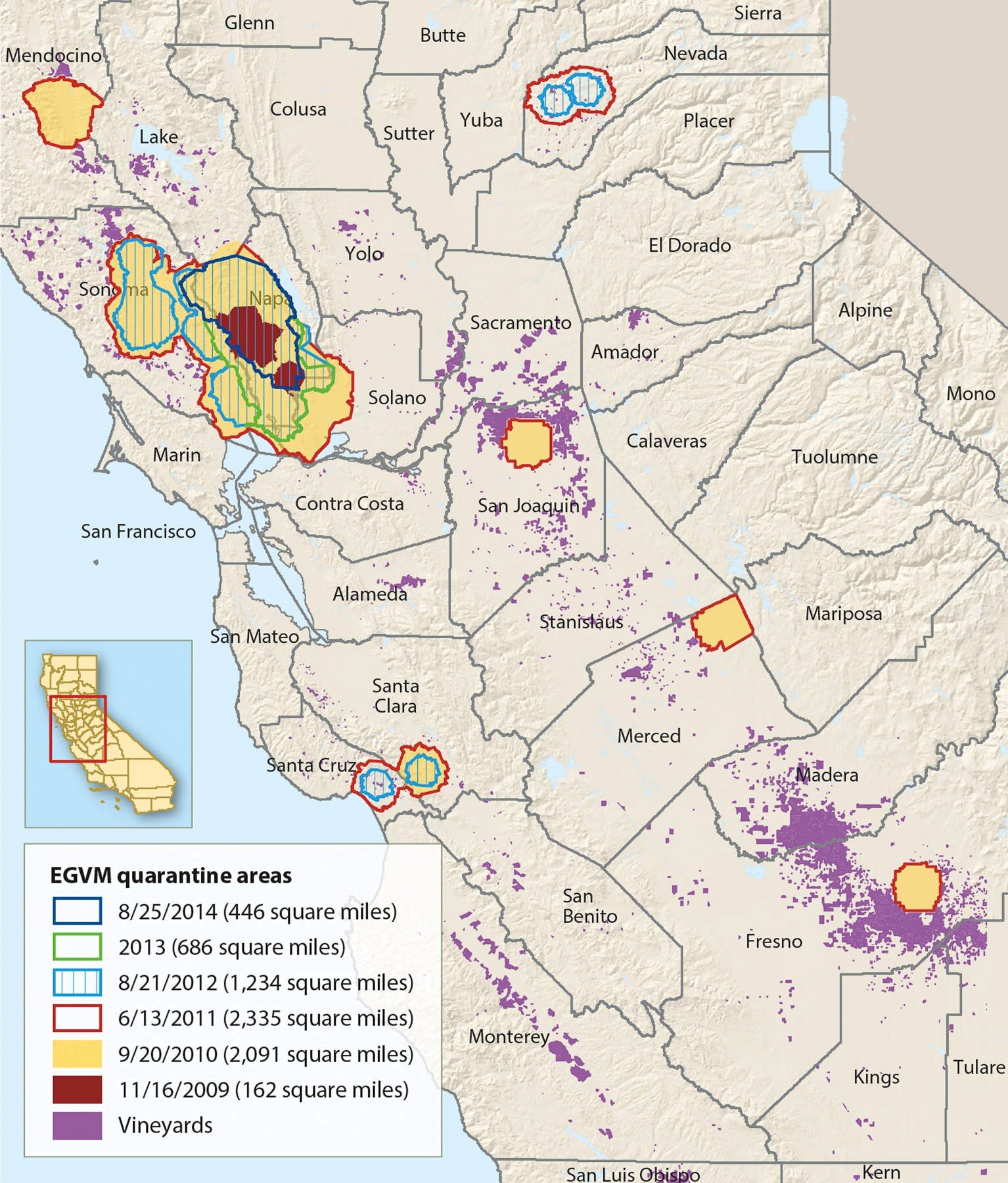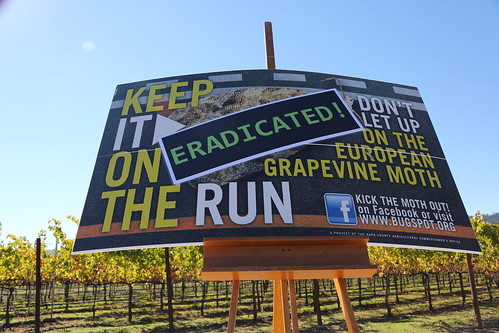 |
| The Tardis (photo by Zir, Wikimedia Commons) |
The show has been running on the BBC since 1963, and part of
what makes that long run possible is that the Doctor has the ability to be
re-born from time to time with a different human body (although supposedly with
two hearts). There have been 13
different stars playing the part of The Doctor, and the most recent one is
Jodie Whittaker (#13), the first female. I just finished binge watching that
season to catch up! Other recent leads have been David Tennant (#10), Matt
Smith (#11), and Peter Capaldi (#12).
Hard core Doctor Who fans call themselves “Whovians,” The
Urban dictionary puts it this way: “A few easy
ways to tell if someone is a Whovian are: Turn off all the lights while
repeating "Hey, who turned out the lights?", moving statues around
while they aren't looking or telling them not to blink while staring at a statue, yelling exterminate at them in a freaky as hell robot voice, and watching
how they react. If they start screaming they're most likely a Whovian.”
So, what’s the “exterminate” thing about? There are new and different “bad guys” for
the Doctor to out-wit in most episodes, but throughout the years of shows, a
frequent “threat to the future of humanity” has been a strange race of robotic
space beings called the Daleks. Back in
the earliest, obviously low budget days of the show, the Daleks looked a lot
like modified trash cans (I guess “dust bins” since it’s British) with toilet
plungers for arms. That basic, funky,
Daleck look has been preserved over the history of the show as has that creepy
chant that of theirs: “Exterminate!
Exterminate! ….”
![Dalek image by Nelo Hotsuma from Rockwall [CC BY 2.0 (https://creativecommons.org/licenses/by/2.0)]](https://images.squarespace-cdn.com/content/v1/5b0bf627f2e6b1aad42be49d/1568895307292-RJVTB62BY64OH23FX2JR/ke17ZwdGBToddI8pDm48kL3VKmwKI3leYB51VJjLFB8UqsxRUqqbr1mOJYKfIPR7LoDQ9mXPOjoJoqy81S2I8N_N4V1vUb5AoIIIbLZhVYxCRW4BPu10St3TBAUQYVKcgK5SGg9Ovb1yloBBOHcruw_mYLfAhRzzgArFCB07Dw0L8n4JypuoE5Tg6Wg5Oyvs/Dalek.jpg?format=2500w) |
| Dalek image by Nelo Hotsuma from Rockwall [CC BY 2.0 (https://creativecommons.org/licenses/by/2.0)] |
So the Daleks of Dr. Who are a classic example of fictional,
pop-culture aliens who are out to exterminate humans. There are also many
examples of pop-culture stories of humans trying to “exterminate” some sort of
alien invaders. On today’s
POPagriculture podcast we are going to talk about a real world story
about how humans successfully managed to “Exterminate” some alien invaders who
were threatening the grape industries of California.
Standard Intro
So, in California there are lots of farmers who tend 880,000
acres of grapes. These include those
that are specifically for drying to make raisins. Other grapes are grown as a nice, fresh,
mostly seedless snack. Throughout the
state there are also various “appellations” for wine grape production. Together these crops bring in about 5.8 billion dollars a year to
the state’s economy. These products are loved by not just Americans but by
people around the world. California has nearly
ideal climatic conditions for each of these grape categories, and since they
are relatively drought tolerant they are a good fit for our limited water
resources. One nice thing is that we
don’t have much rain during the summer and so we don’t have to deal with some
difficult fungal diseases that are a big challenge in places like Europe. There are still certainly pests that have to
be dealt with, but the grape industry has always been a leader in doing that is
a sustainable
way.
 |
| Lobesia: European Grapevine Moth image by Jack Kelly Clark, University of California Extension |
So that’s the background, but the drama for our story began
in the summer of 2009 in a famous, premium wine grape-growing region called the
Napa Valley. One of the growers there
spotted a caterpillar munching away on some of his grapes. Now there are several kinds of moths that can
be pests of California grapes, particularly during their larval stage as
caterpillars. But the grower noticed
that this one didn’t look like those familiar types. Being suspicious he sent a
picture to a county extension agent – a kind of University employee whose job
it is to support the industry with research and advice. It turned out that was a new kind of moth to
California – an alien invader! Ok, not a
space alien, but scary from the perspective of grape farmers. It was called the European
Grapevine Moth or “EVGM.” As its name implies it has been a pest in that
continent for a long time. That name doesn’t
sound scary enough for our story so lets use the scientific name, Lobesia botrana.
Now the thing is that this wasn’t
just another moth. The caterpillar stage
of this bug would do a lot more damage to the grape clusters than the other
moth species and that would mean nice things like “frass” or insect poop on the
grapes or later the raisins. To make
matters worse, the feeding opens the way for fungi that rot the grapes and that
kind of infection can spread from berry to berry throughout the cluster. This would make it a lot harder for the
raisin growers to have a high quality product, it would mean a lot more food
waste even all the way to the consumer level for the table grapes. Moldy grapes definitely don’t make for high
quality wine!
 |
| Rotting grape image by Andrea Lucchi, University of California |
Now of course there wasn’t an
extraterrestrial “Doctor” to lead this campaign, but even Dr. Who drafts a team
of regular humans to help defeat the aliens.
In this case the team comprised
representatives of the grower communities, university experts and government employees
from the relevant state and federal departments. They held an emergency meeting
and decided that they wanted to see if they could come up with a way to not
only stop the spread of the pest, but if at all possible to completely
eradicate it from California. Eradicate!
Doesn’t sound quite as harsh as “exterminate!” but it’s essentially the same idea.
In order to see what they were up
against, sixty thousand “Sticky traps” were distributed state wide at a density
of 39 per square kilometer in vineyards and 10 per square kilometer in
residential areas. In the next 2010 growing season they found 100,000 moths in
several California counties. This was
going to be a big challenge! Only a
comprehensive strategy with broad participation would give any hope of
winning. So the team developed a multi-prong
strategy:
Those sticky traps continued to be
used to monitor progress, but they were careful to use red colored traps
because they are much less likely to accidentally trap honeybees.
It was important to find ways to
limit further spread of the aliens. The adult moths can fly, but they don’t
tend to fly too far as long as they can find the grapes they want. Quarantine
rules were set up to prevent fruit, farm equipment, recycled fence or grape
posts, or other things that might allow the pest to hitch-hike long distances. It
turned out that the moth larvae could survive the stemming and crushing and
even pressing of wine grapes – so it was critical not to move around those
by-products of the winemaking process.
They also used an approach called
“pheromone confusion” that was set up on an area-wide basis where the Lobesia had been found. This involves putting up emitters of the
specific sex hormone for this moth so that the males are getting so many “scent
trails” that they rarely actually find a female to actually mate.
There were lots of outreach
programs to get everybody up to speed on the situation and to know their
role. This included grape growers,
wineries, and fruit or raisin packers, and pest control advisors. The outreach
also had to include on the order of 3,000 homeowners because they also needed
to cooperate, especially if they had backyard grapes, as many did. The
coordinated task force would help those owners to treat their grapes or remove
their fruit so that they didn’t become a reservoir to then fan out into the
commercial vineyards. Not only were there public meetings to reach all these
groups, there was a Facebook page and a website at www.bugspot.org.
The researchers developed a
sophisticated “degree day model” to predict when each of the 3-4 new
generations of moths would be coming out so that insecticide sprays could be
timed just right, not only to protect the crop, but to prevent the moth numbers
from really blowing up as they would if not strategically checked this way. Almost all of this spraying was done on a
voluntary basis at the grower’s own cost.
In Napa and Sonoma in 2012 the growers treated more than 12,000 acres. The organic growers also sprayed using the
insecticide options that are allowed under their rules.
The combination of the
quarantines, the pheromone confusion and the well-timed insecticide sprays
achieved what is called an “allee effect” in population biology lingo. This is when the population size gets down to
the point where there are too few of the pests in a given area to successfully
mate.
 |
| Historical progress towards eradication of EVGM from California. University of California. |
This massive, voluntary,
cooperative effort was highly coordinated across the different counties of the
state and it began to pay off. In 2011
there were 2,335 acres quarantined because of the presence of the moth. By 2014 that number was down to 446 acres. By 2016 the pest was officially declared to
have been eradicated.
 |
| Victory Lap! (University of California) |
No comments:
Post a Comment
Please send comments if you wish. Sorry about the word verification, but I'm getting tons of spam comments